Meet Nash, Rumah Tiang 16 host
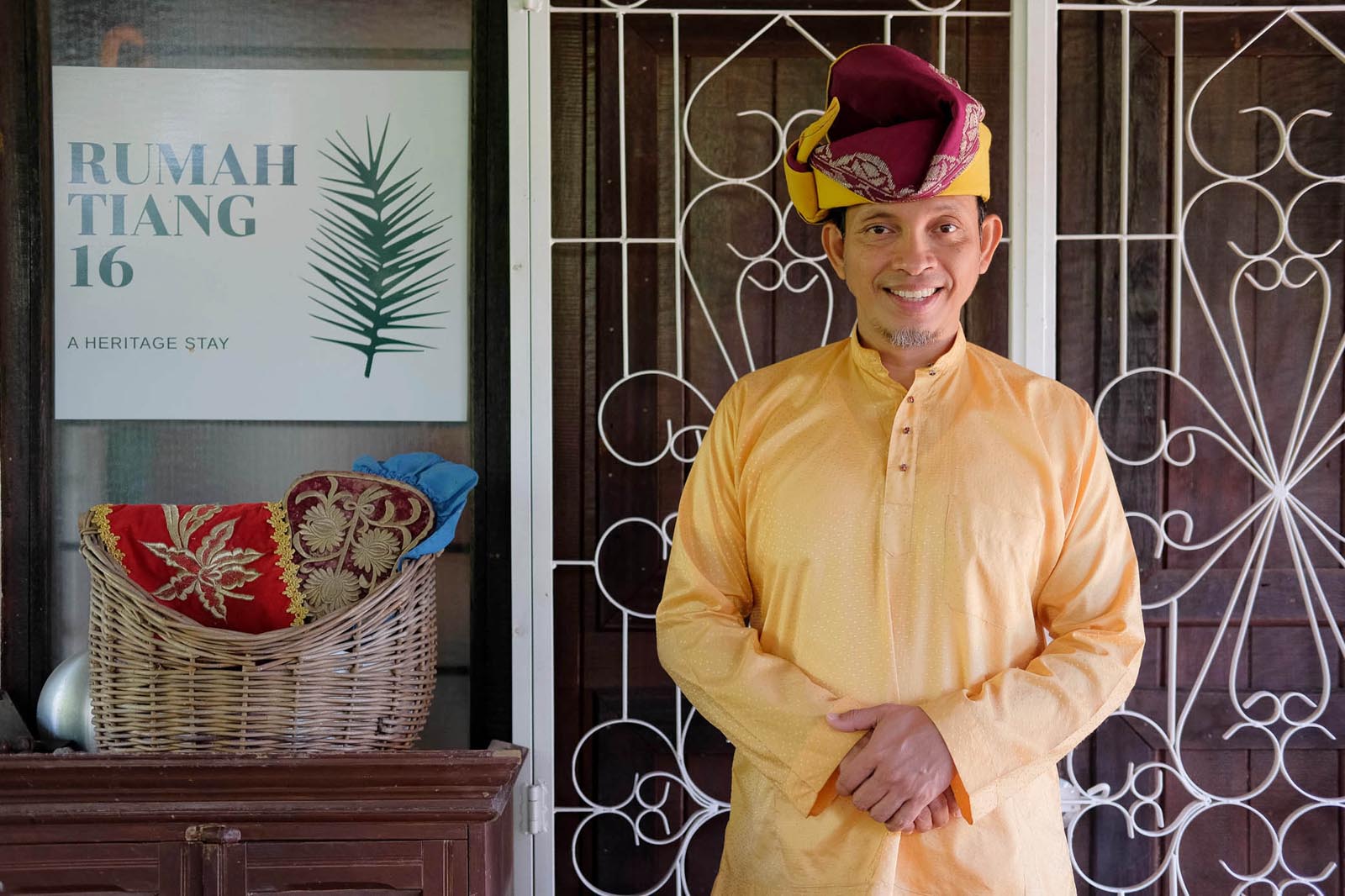
Nash is the founder of Rumah Tiang 16, a boutique homestay in Lenggong, one of Malaysia’s four UNESCO World Heritage Sites.

Nash is the founder of Rumah Tiang 16, a boutique homestay in Lenggong, one of Malaysia’s four UNESCO World Heritage Sites.
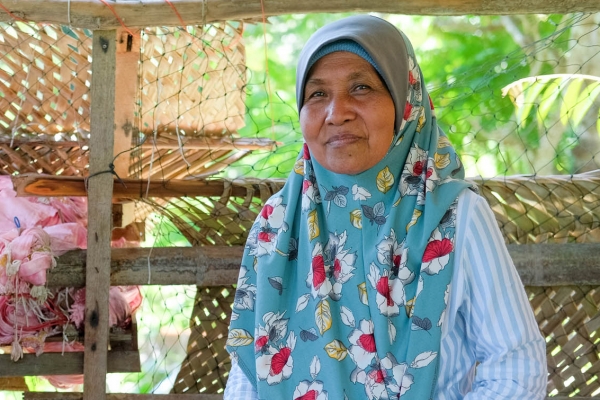
Mak Ani serves sumptuous forest-to-farm home cooking at Rumah Tiang 16, a boutique homestay in Lenggong, one of Malaysia’s four UNESCO World Heritage Sites.
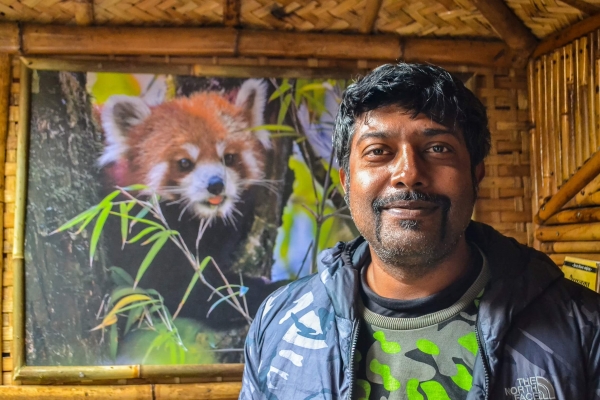
Shantanu is the director and project head of Habre's Nest, a wildlife travel enterprise on a mission to protect the red panda.
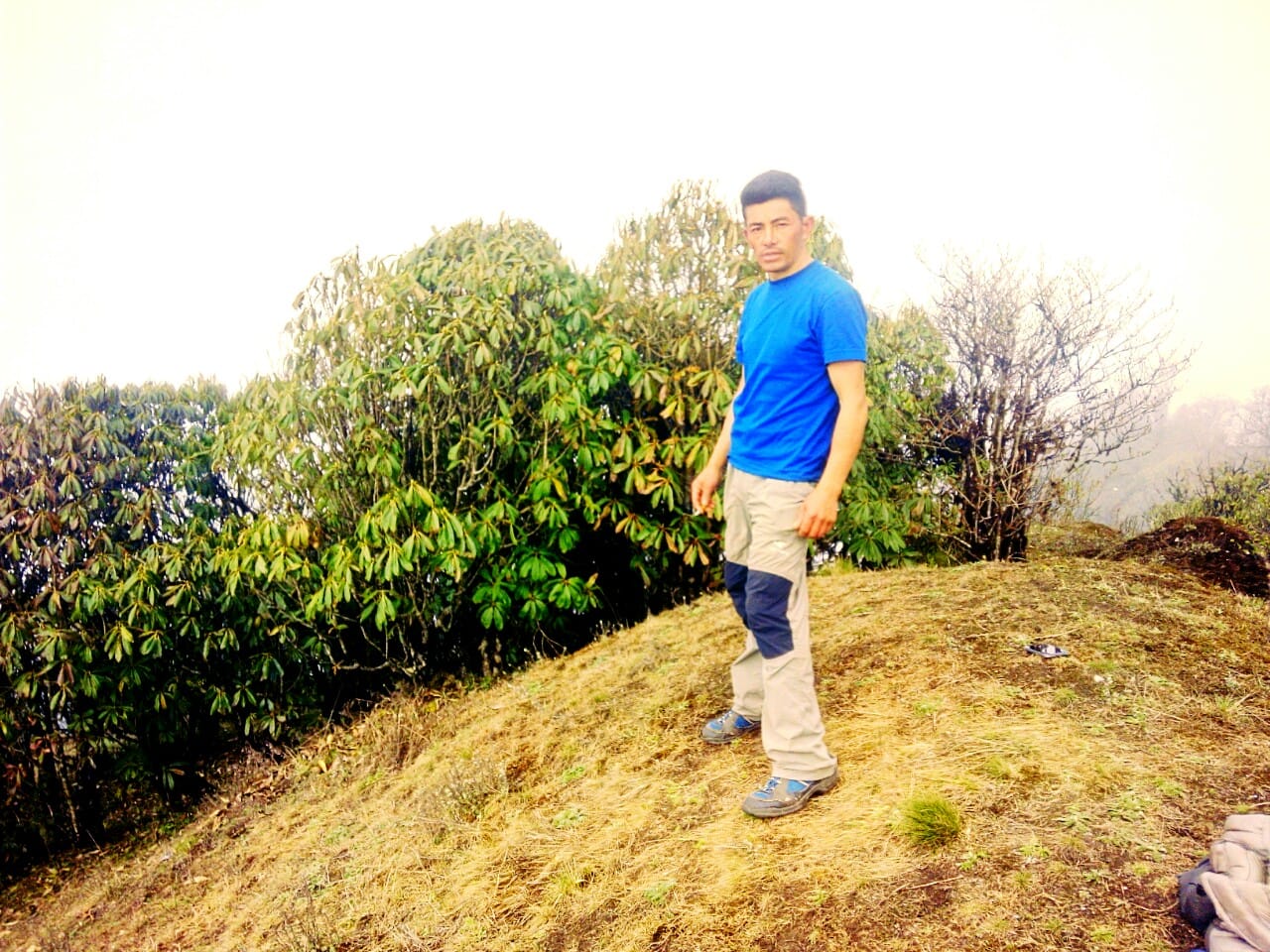
Mohan is a tracker at Habre's Nest, a wildlife travel enterprise on a mission to protect the red panda.
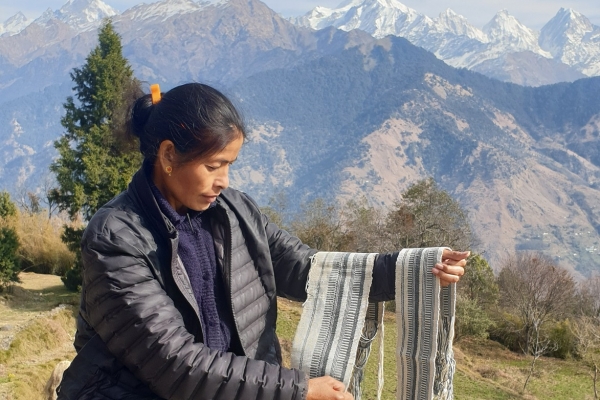
Bina is a member of Himalayan Ark, a community-owned social enterprise that supports villagers to run homestays while giving back to their communities.
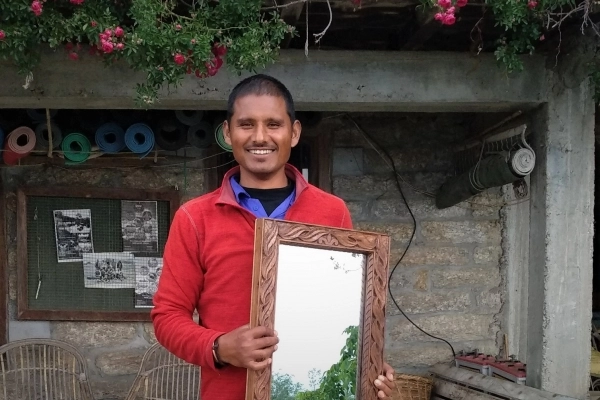
Trilok is a member of Himalayan Ark, a community-owned social enterprise that supports villagers to run homestays while giving back to their communities.
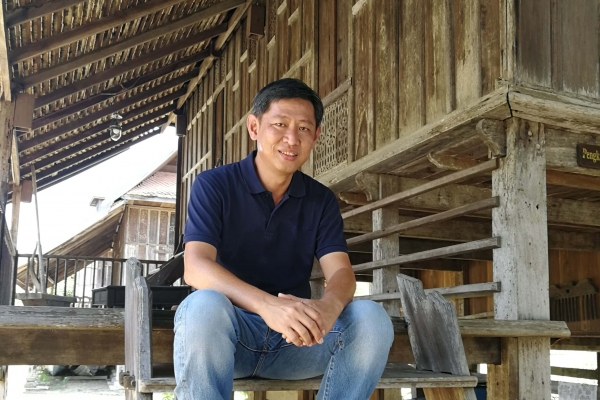
Alex is the founder of Terrapuri Heritage Village, a resort that doubles as a conservation project to rescue and restore centuries-old Terengganu houses.
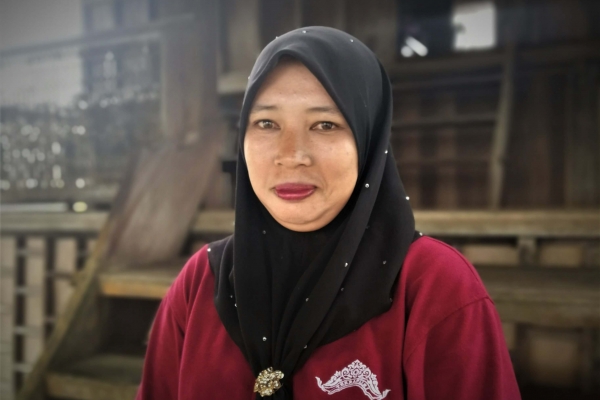
Nozirawati Rohim is a general worker at Terrapuri Heritage Village, a resort that doubles as a conservation project to rescue and restore centuries-old Terengganu houses.
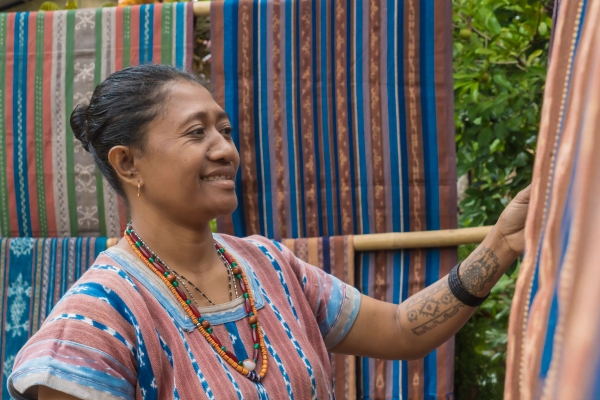
Rosvita is the chairwoman of Watubo, a weaving collective in Indonesia that empowers women with sustainable livelihoods, by creating modern iterations of traditional ikat for the global customer.
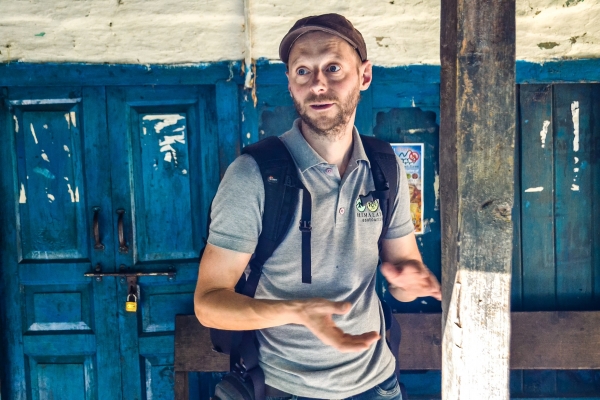
Stephan is Managing Director of Himalayan Ecotourism, an inclusive trekking agency that works with a local cooperative to ensure fair livelihoods and ownership for locals.